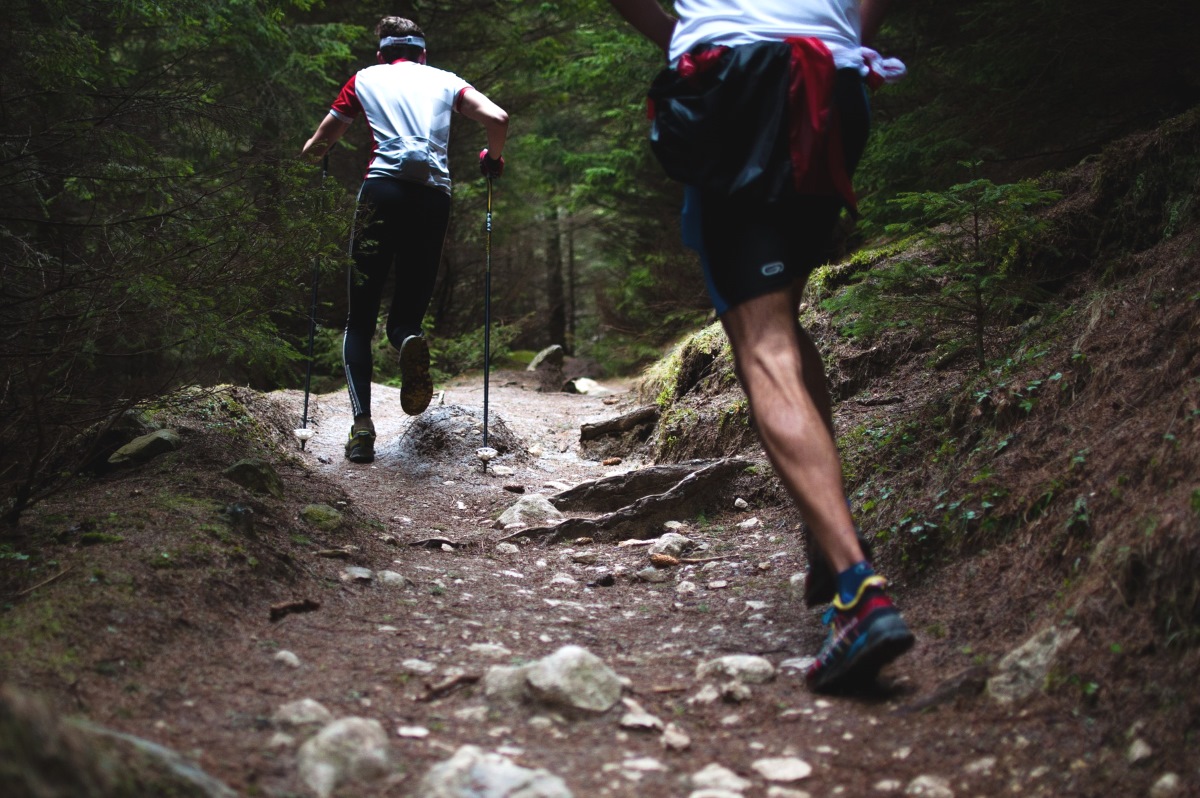Nutrition and Training at High Altitudes
Living and training in Colorado is an amazing experience. People come from all over the country (and beyond) to experience the magnificent beauty of the Rocky Mountains, particularly Summit County. Home to a number of top mountain resorts such as Breckenridge, Keystone and Copper Mountain, world class events draw a variety of athletes. From cycling events to the worlds highest traiathlon, athletes have a wide variety of nutrional needs.
For many of us who call this home, and those who travel to visit, our favorite sports takes us to high altitudes. Mountaineers, skiers and snowboarders, runners, cyclists and many other racers all must contend with reduced oxygen levels. Whatever brings us to higher-altitudes for fun and adventure, if you’re participating in any sport at altitude, be prepared.
With a real risk of malnutrition – living and exercising at altitude can lead to loss of body weight and muscle. It’s critical to know how to effectively adjust your diet to minimize associated problems. The key requirements are an increased calorie and fluid intake, and eating foods with a high carbohydrate content (Nutrition and Energetics of Exercise at Altitude. Sports Medicine, Vol 17, pp 309-323).
Short Term Adjustments
Up to half of people experience altitude related symptoms, and are in danger of suffering some form of mountain sickness, which includes headaches, nausea and lethargy (think hangover). One factor that contributes is people tend to reduce the amount of food they eat initially at altitude. During the short term period, drink plenty of water – the body loses large amounts of sweat in higher environments, particularly in dry and windy environments, such as Summit County. Try to ensure that your food is packed with carbohydrates.
Long Term Adjustments
Basal metabolic rate (the minimal amount of energy used to just keep your body functioning normally) appears to increase during the first days at altitude. In fact, the weight loss is seen at altitudes at 8000 feet, and is often a combination of increased metabolic rate (up to 10%) and poor nutritional intake. In time, the increase in BMR stabilizes, yet does not return completely to your original baseline values (prior to altitude). A continued elevation in BMR at high altitude would lead to an increase in overall average daily metabolic rate, and must be matched by an in food intake you will lose weight. Weight loss of muscle contributes to reduced muscle, performance and strength.
Studies of athletes at high altitude, have confirmed weight loss at altitude can be had been minimized by increasing energy intake (Int J Sport Med, Vol 14, pp 244-247). Therefore, if you’re going on a high- altitude adventure, try to eat more carbohydrate-rich foods
How to get nutrition at altitude to improve your performance:
1. Your body will need more calories than normal. Add on extra carbohydrate foods and snacks. Lots of small, carb-rich meals, and continue to prioritize them when you’re exercising at higher altitudes.
2. Drink, drink, drink. Wind and dry air means you become dehydrated at higher altitudes.
3. Supplements of branched chain amino acids (leucine, isoleucine and valine) have been observed to prevent muscle loss at altitude
4. Eat smaller, nutrient rich frequent meals.
5. There is also evidence that Vitamin E supplements may be helpful.
Have your Body Composition Tested
What can you do with your body composition results? From the assessment, it can be used to identify risks, enhance and personalize your exercise program and assess how well your nutrition and current exercise program are working for you. With this data, you will find out if you composition falls within a healthy range, and if so you can continue your exercise and diet. If you find your body fat or body composition needs improvement, we can take a closer look at what you can do to improvements to your current level of activity and diet while training at altitude.
It is important to remember without body composition testing, changes in fat mass and lean mass can’t be detected. For example, significant changes in your fat or muscle composition may occur at altitude, however your weight may not change. By testing, you can accurately assess body composition and be sure your goals and your outcomes are parraleling each other. Changes in body composition take time and a commitment, but the positive impact on health and quality of life is worth the effort.

